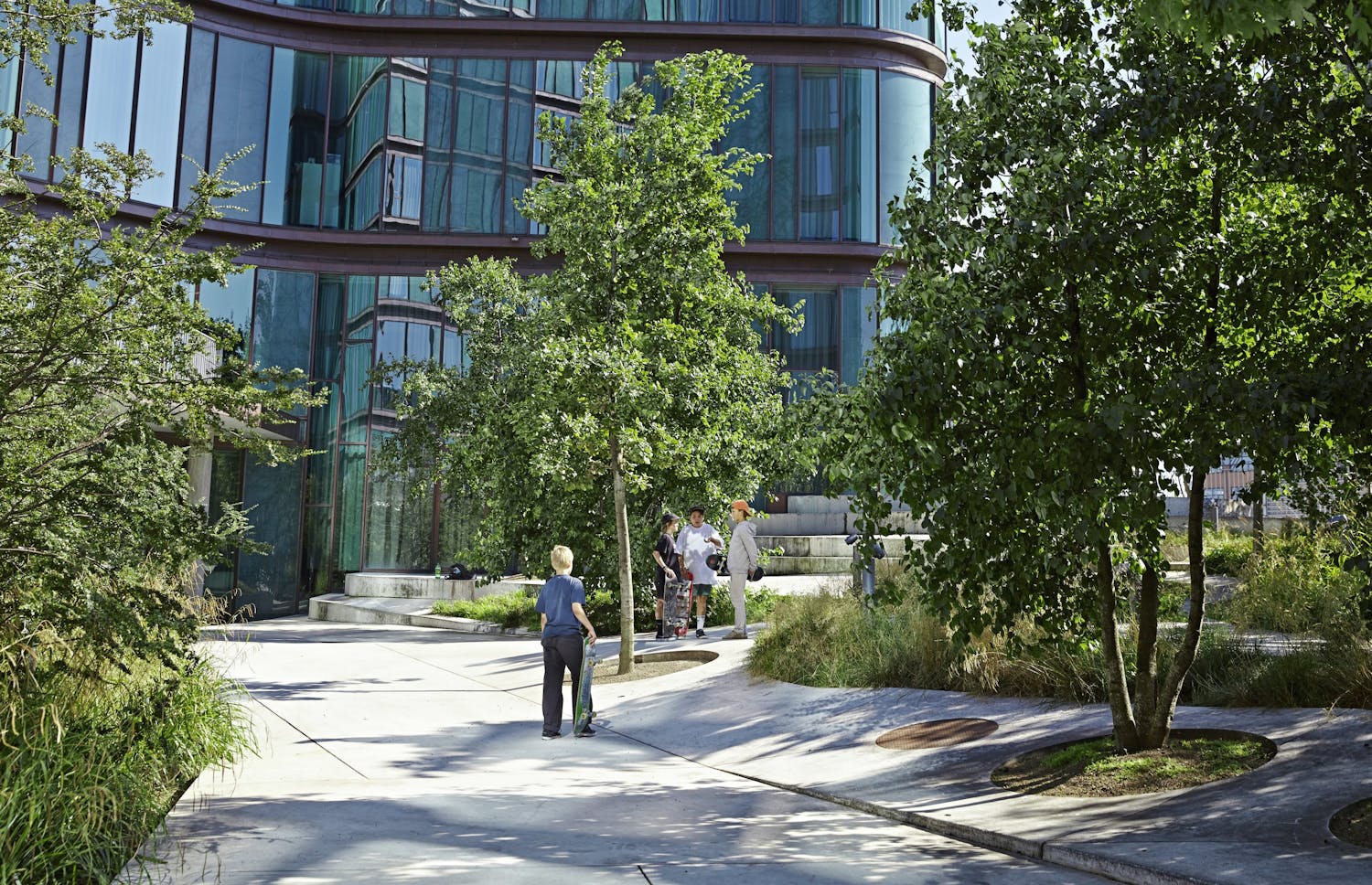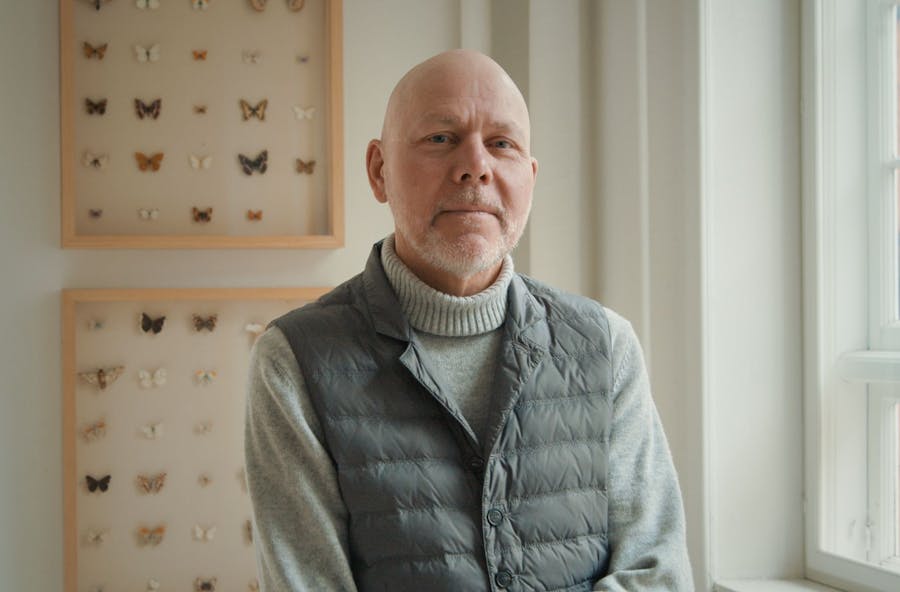14.10.2021
An interdisciplinary approach to terror prevention

Why is it important to address the threat of terror through an interdisciplinary design approach?
The threat of terrorist attacks in public space is prevalent worldwide, leaving cities and governments to secure city centers and public spaces against terrorism. As a result, elements such as surveillance cameras, bollards, and perimeter protection have become ever-more prevalent parts of our cities’ public realm.
However, making our cities more secure against terrorist attacks must never be a technical issue alone. Instead, we must involve anthropological analytics, ethnographic fieldwork, ecological knowledge, and urban design solutions to ensure that we not only make our cities more secure against terrorist attacks; but that we also make them better to live in, feel safer to move around in, more democratic to stay in, and more sustainable to maintain.
In this short video, SLA Ph.D. Fellow and anthropologist Stine Ilum explains why an interdisciplinary approach to terrorism prevention is vital. She also presents some of the key findings of her Ph.D. study and how it informs our work with risk-reducing landscapes.
“It is possible to design terror prevention using only security expertise. But when we bring interdisciplinary competencies into play, we can cover more aspects and add something extra to the solutions.”
— Stine Ilum, SLA Anthropologist & Ph.d. Fellow
Perspectives

Nature is our origin. The city is our forgetting
What if the city isn’t broken because of noise or pollution – but because it has lost its meaning? And what if the true green transition doesn’t start with energy systems but with our senses?
In his new op-ed in Byrummonitor, SLA’s founder Stig L. Andersson argues that the current crisis of civilization – from climate breakdown to mental health — is rooted in how we’ve designed our cities to disconnect us from nature.

Cities are bad for us. Let's fix them
Cities can be inspiring places that bring out the best in us. But they’re often concrete jungles that make us ill and are still designed around the automobile. What if they were places in which you could thrive rather than simply survive? Another model is possible, writes Rasmus Astrup in the December 2024 issue of Monocle.